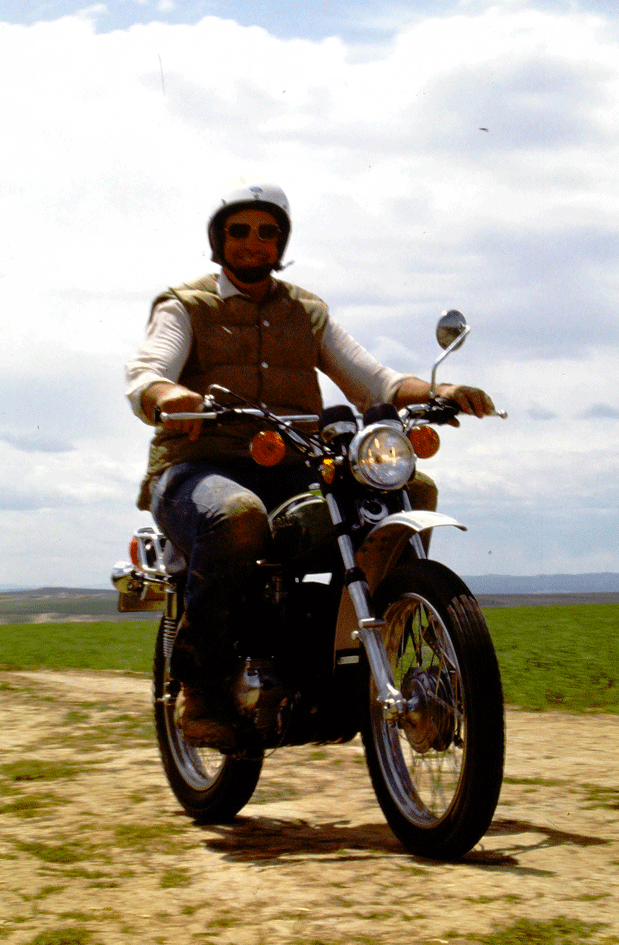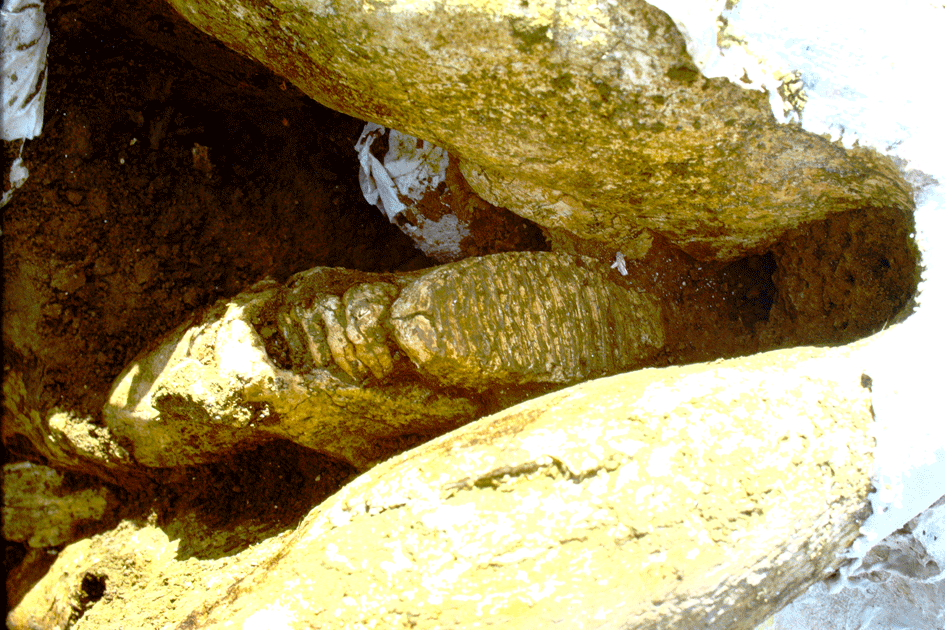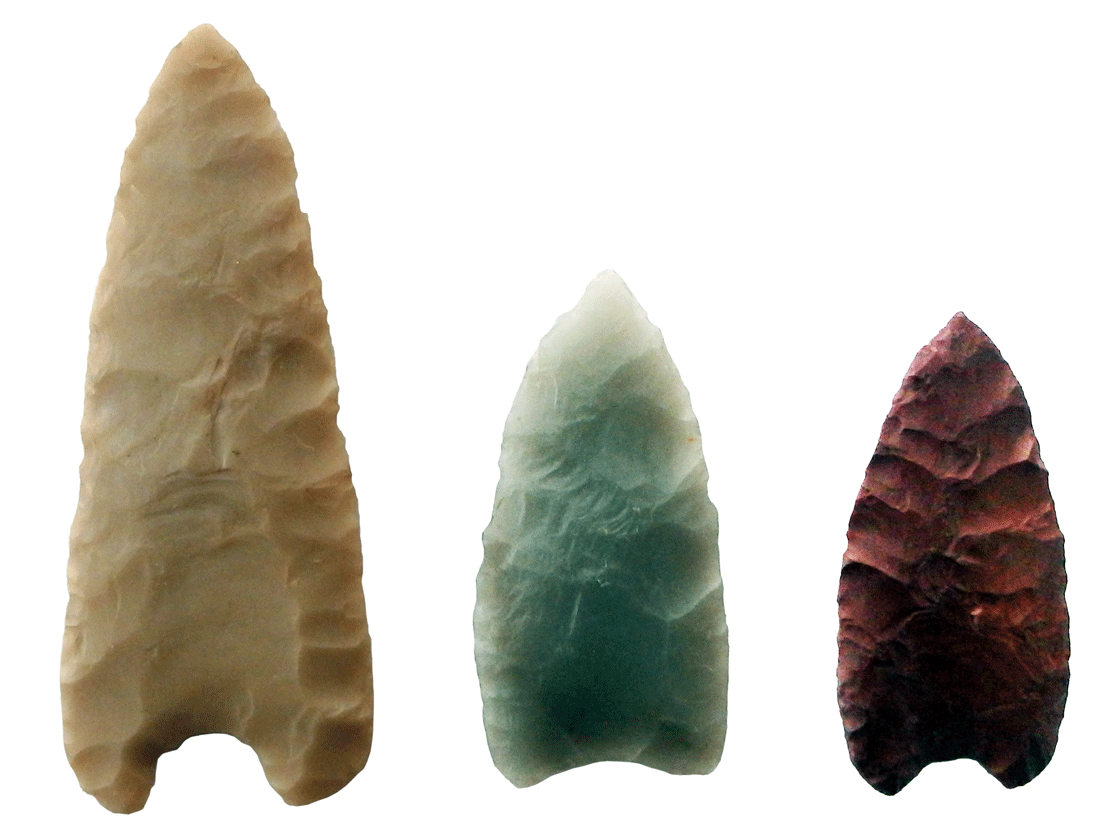
Site is in development off and on. Link buttons with white backgrounds haven't been completed. Colored buttons should work. Please let me know if you encounter a broken link. Comments and suggestions welcome
Colby 1975
The Colby site was my first excavation of many working with George and June Frison. It was just outside Worland,Wyoming in July 1975 and it started out cold. I had driven up from Laramie with Travis Gray to start setting up the field camp. George had already left the Terry trailer there. I remember it was 4th of July and we had put up our tent. Just before dark we had a fall of heavy wet snow that collapsed our tent and we didn't have the keys to the trailer. On top of this I couldn't get my 4-wheel drive truck out of the site because of the wet, sticky bentonite. Travis and I hiked up to the highway, it was still snowing hard,and hitched a ride into Worland where we got a motel room for the night. This was a great way to learn about the unpredictability of working in Wyoming! George and crew showed up the next day, the snow melted, the bentonite dried up and the adventure began.

The location had been known to produce mammoth bones as early as 1907 and produced a surface find Clovis point in 1963. Our excavation was typically eventful in terms of finds, weather, challenges, etc. There are many personal stories from that summer that get told around the campfire, even to this day, which I won't share here out of concern about potential law suits.
GEORGE

setting up camera

overburden removal

backfilling


alternate transport

photo platform

Bruce and George working on Bone Pile 2
water screening

bone concentration in drainage

mammoth mandible and upper molar

stabilizing bone

Clovis point in-situ


trench across ancient drainage

Musk Ox (ovibos)
bone tool
plaster encasing bone for transport

Drawings of the flaked stone artifacts adapted from the book

Photos of casts of three of the points
There were only a few stone and bone artifacts recovered from the site over the years. Two of the points are unusual shapes for Clovis, although the manufacturing technology is typical. I think it likely that the unusual forms resulted from reworking of broken points rather than being the original intended shape
Along with all of the site information the book also includes a section on mammoth hunting and chronicles George's experiments with Clovis point-tipped spears used on culled African elephants. I made all of the points for these experiments.
George interpreted the site as a multi-mammoth Clovis kill location where some of the mammoths may have formed meat caches that were later retrieved. Bone pile 2 may have been an unrecovered cache.